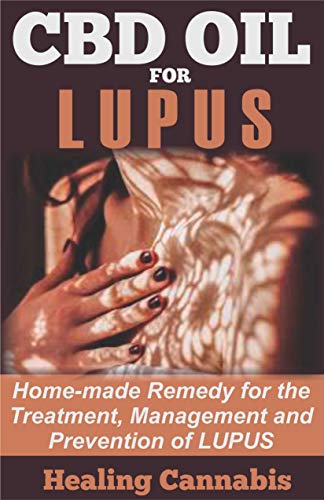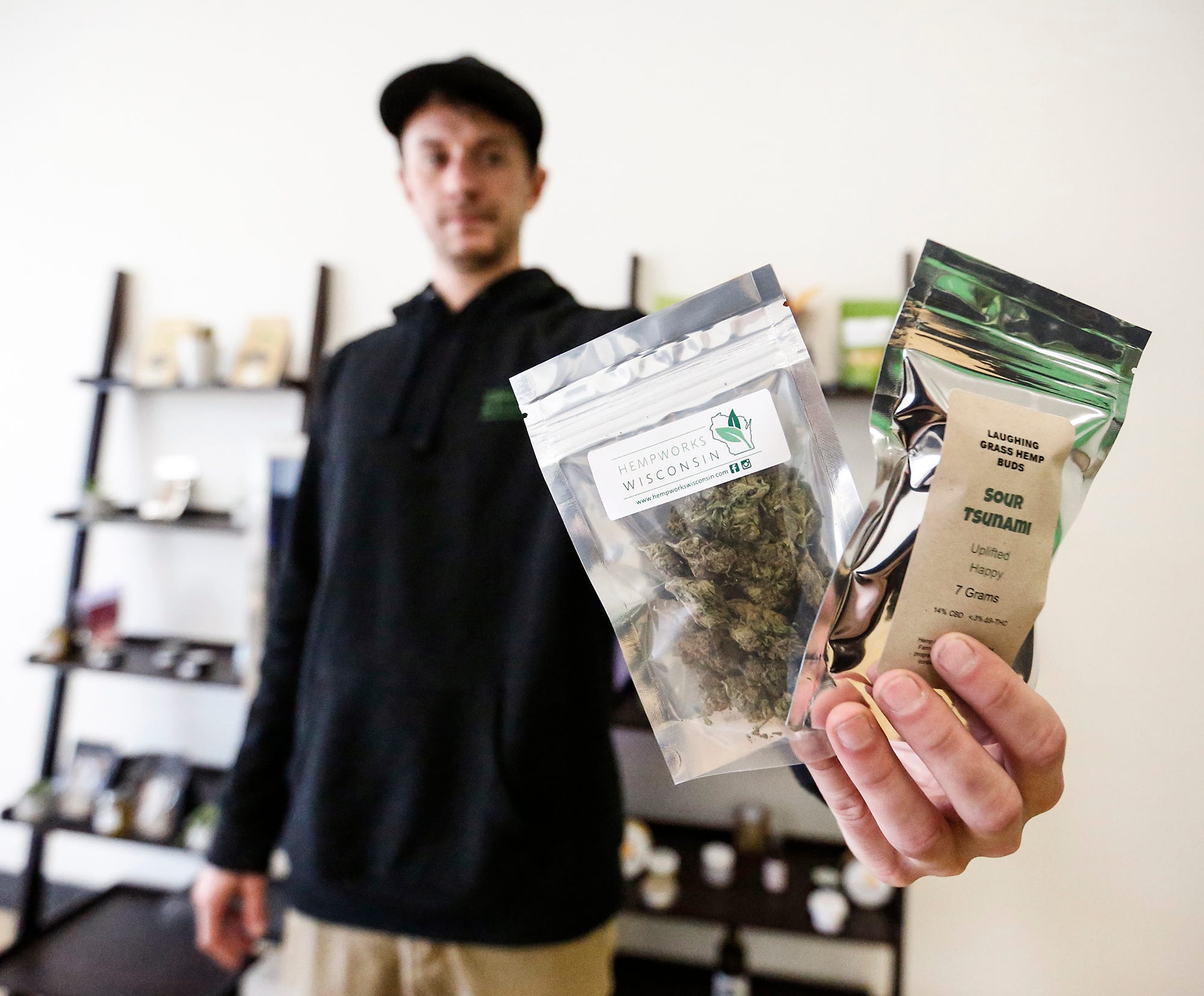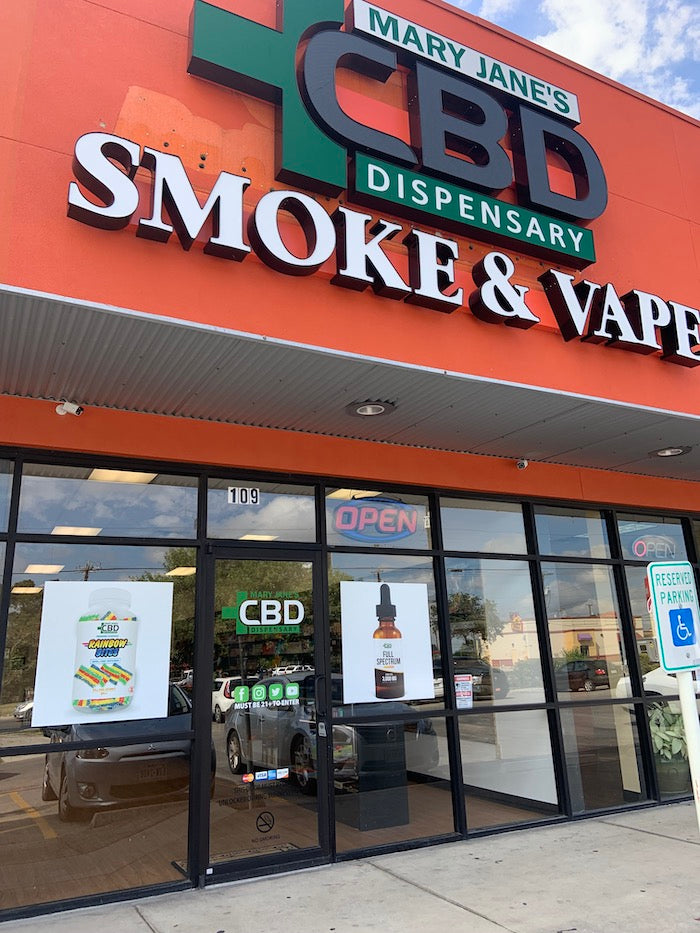
You may wonder, "When did Colorado legalize marijuana?" The truth is that Colorado did not fully legalize marijuana before 2016. It did however legalize marijuana sales in 2014, and again in 2016. This article will present the facts. It's worth reading the whole story.
In 2014
It was a long, difficult road. The legalization and use of marijuana are not without their challenges. The first is cultural. Cultural change is required to bring marijuana to the adult-use markets in Colorado. Marijuana has always been illegal for most of people's lives. Colorado encountered opposition from both law enforcement officials as well as health care providers. The political environment is often polarized in Colorado, so opponents to controversial changes often prevail.
In November 2012, Colorado voters passed Amendment 64 legalizing marijuana, which allowed adults to grow and possess up to six marijuana plants. The new law allows adults 21 and over to possess up to an ounce of marijuana derived from those plants. It also allows them to give up to one ounce of marijuana as a gift.

Colorado legalized marijuana. This has brought in lots of revenue. The state has reported $247 million in annual revenue from marijuana taxes. The marijuana industry has flourished in Colorado since its legalization. Some people fear that legalization might lead to increased criminal activity.
Positive marijuana test rates have increased since legalization. It is becoming harder for state officials to find qualified workers to supply the growing demand. Colorado has seen numerous tragic deaths related to marijuana in the last five-years. One death was caused by a father who killed his wife from marijuana edibles. The other involved a young man traveling with his family to Colorado. In addition, a large percentage of fatal traffic accidents involved marijuana use.
2016
Amendment 64, which legalized recreational cannabis in Colorado, was approved by Colorado voters. As of January 1, Colorado residents can now possess up to one ounce of marijuana, grow up to six plants at home, and give up to one ounce of it as a gift. You must be 21 years or older to possess marijuana.
But legalization has caused some problems. First, the law does not conform to federal law, which prohibits marijuana use. Businesses and consumers are also at risk because marijuana purchased in Colorado can be transferred to other states where it's still illegal. The court has been asked to reject the case by Donald B. Verrilli Jr., Solicitor General.

Since the law passed, Colorado has seen a significant increase in the number of seizures of marijuana in the mail. Between 2013 and 2017, the state's postal system saw an increase of 1,042 percent in marijuana parcel seizures. Legalization has made it easier for marijuana to be legalized. Although some people may still be sceptical about cannabis, many are more inclined to support legalization.
The dangers of using marijuana, particularly for young people, are increasing. There are increased rates of marijuana poisoning among small children. However, there are still very few cases of marijuana poisonings. There were 47 calls to Colorado poison prevention centers in 2015. This is a significant increase from the zero number recorded a few years back. Furthermore, the number of adult emergency room visits is increasing - though this is largely a result of more tourists reporting bad experiences with marijuana use.
FAQ
What are some of the common mistakes that companies make when entering America's cannabinoid market
The first mistake is not understanding what the regulations are for cannabis products. This could mean that you may have to change your product formulation.
A second error is not properly labeling your product. It is essential to find out if your product contains either THC or CBD.
Third, it is important to understand how to properly package your product. If your product does contain THC, then you must ensure that it is packaged in child-resistant containers.
You can still use all the packaging laws even if your product contains no THC. Many states have legalized cannabidiol (CBD).
It is important to track recalls of your products. Customers should be notified as soon as possible if there are any issues with their product.
Which countries produce the highest quality CBD?
The United States is the largest producer of CBD products.
Canada, Australia New Zealand, Israel, and New Zealand all produce high-quality CBD products.
What are the prospects for the CBD industry in the future?
The future is bright for the CBD industry. It's easy to see why so many people are jumping on board with this sector. With CBD products accounting for over $1Billion in global consumer spending, it is easy to see how the market is growing exponentially.
Statista estimates that worldwide cannabidiol sales will hit $22.4 billion by 2019. This is an almost 200% increase from 2018!
The CBD market is also forecast to grow at 22.5% compound annual growth rate, which would result in nearly $6.8B in revenue by 2022.
This is great news both for those looking to enter the market as well as existing companies. However, the CBD market is still in its infancy. This means that there will be challenges.
How can CBD products be successfully promoted by companies in a regulatory-compliant way?
The FDA doesn't regulate hemp as an agricultural commodity. The Controlled Substances Act regulates other cannabis derivatives (e.g. pot). CBD has yet to be subject to specific regulations.
CBD is legal in 29 states. However, federal law still considers CBD illegal. This creates uncertainty for businesses looking to sell CBD products.
The FDA also sets strict guidelines about how CBD products are promoted. For example, they must clearly disclose any product's THC content. Companies cannot claim CBD is effective in treating certain medical conditions without supporting evidence.
Further, the FDA requires that manufacturers provide information on manufacturing practices and quality controls. Companies are also required to participate in clinical trials in order to demonstrate safety and efficacy.
When developing their own marketing strategies, companies should take into account these points.
Can I use CBD during pregnancy?
There hasn't been enough research to determine if CBD can be used during pregnancy.
Based on the limited information, however, it seems unlikely that CBD would cause harm for the baby.
Pregnant mothers should not consume CBD unless it is recommended by their doctor.
A recent warning was issued by the Food and Drug Administration about possible risks from CBD consumption during pregnancy.
FDA says there is evidence that cannabis usage during pregnancy can increase miscarriage risk.
According to the agency further research is required before any firm conclusions can be reached.
How big is the global CBD market?
According to Euromonitor International, the global CBD market was worth $US 3.5 Billion in 2015. This is a more than 10% increase over 2014.
The report forecasts this figure to reach $US 6.4 billion by 2020, representing an average annual growth rate of 12%.
CBD products are expected to account for around half of all hemp-derived products sold globally by 2020.
This includes CBD oils.
What are the best ways to use CBD?
CBD can also be used to treat anxiety. You can also use CBD to treat anxiety, pain, insomnia, epilepsy and inflammation.
There are many ways to consume CBD. You can eat foods containing CBD, drink CBD tinctures, vape CBD e-liquids, apply CBD creams and salves, or even put CBD drops under your tongue.
CBD is a great option for many reasons. It has been shown in studies to alleviate chronic pain, PTSD, anxiety, among other things.
Statistics
- The inhibition of FAAH is predicted to lead to an increase in brain and plasma concentrations of AEA, which acts as a partial agonist at CB1R and CB2R, thereby increasing endocannabinoid tone [92, 110]. (ncbi.nlm.nih.gov)
- OralWhere HED is the human equivalent dose, and Km is a correction factor estimated by dividing the average body mass (BM) of the species (60, 0.020, and 0.150 kg for 11 humans, mice, and rats, respectively) and by its surface area (see: Nair et al. (ncbi.nlm.nih.gov)
- A recent systematic review of human trials also reported that individuals with epilepsy receiving CBD (5–20 mg·kg−1·day−1) were more likely to experience decreased appetite than those receiving placebo (i.e., ~20 vs. 5% of patients) (ncbi.nlm.nih.gov)
- A recent study [161] also found that in vitro CBD treatment (i.e., ≤ 2 h exposure to 10 μM) induced ~40% vasorelaxation in isolated (pre-constricted) (ncbi.nlm.nih.gov)
- While the primary injury may not be treatable, interventions that attenuate secondary sequelae are likely to be of benefit [203].Only one study (ncbi.nlm.nih.gov)
External Links
How To
How to become certified for selling CBD products
CBD (cannabidiol), one of the many cannabinoids found inside cannabis plants, is one. It has been used medicinally for centuries, even in South American countries like India, China, and China. Its ability to treat anxiety, pain and epilepsy has led to it becoming increasingly popular in recent years. But if you want to start selling CBD products, there's no official certification program available yet -- at least not in the U.S. That means anyone who wants to make money off their own line of CBD products has to rely on the "unofficial" process of self-certification.
There are two options. One way to do this is to join the local association of cannabis-business owners. This way, you can learn from others while getting support and advice. There are many associations in the country. You can also go online and start your own business. Online canna-businesses are now allowed in most states. If this is the case, then you can establish your own website immediately and start accepting orders. However, you will still need to register at your state's Department of Public Health. After you have registered, you can apply for a license from your state's Department of Public Health. Once you have your license, it is legal to open your shop and accept orders.